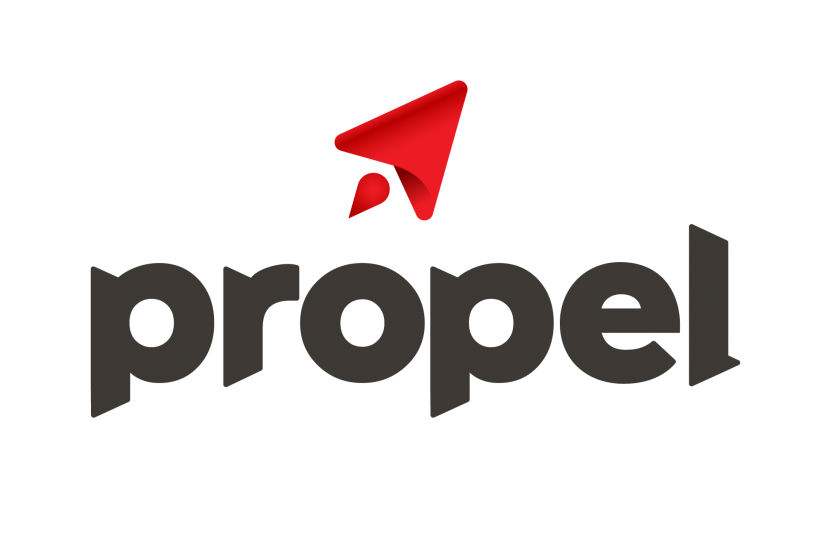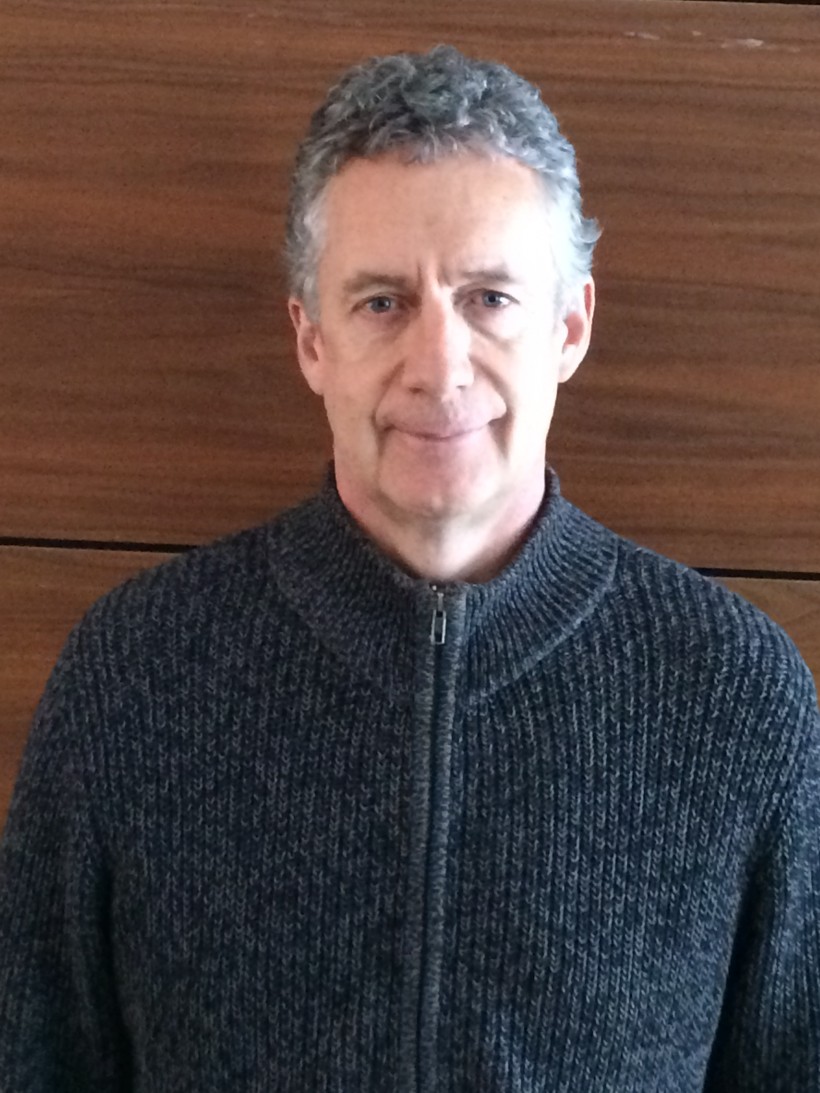From the outset, Sean Sears and his team at sageCrowd felt that modern learning science would provide a sound basis for their e-learning platform.
Nonetheless, in a pattern typical of startup development, the sageCrowd founders shifted the direction of their company several times before finding the best course.
The Halifax company works with well-known authors to deliver competency-based skills training to the staff of large enterprises. The focus is on improving performance in areas such as sales and innovation.
The SageCrowd e-learning method is built on research into behavioural economics, psychology and neuroscience.
“The goal is to increase the efficiency and efficacy of training by using the brain’s ‘natural’ process for creating permanent memory,” said Sears, the sageCrowd CEO.
“We’ve developed an algorithm called Insight-Scaffolding. We teach skills the way people learn, layer upon layer, like scaffolding.”
Sears said that sageCrowd honours the brain’s natural four-step learning cycle, first developed by James Zull, author of The Art of Changing the Brain.
The sageCrowd platform teaches content in small chunks. Sears said current training methods can overwhelm working memory.
“Our teaching segments are not only short, they’re also singular. We teach one thing at a time and present it in many forms.
“We stress active learning. For example, we pose questions in which all the answers are partially correct and the learner must identify which answer is most correct.
“The subtlety of that approach drives the learning deeper. It requires reflection and generates personal insight, this kick-starts the formation of permanent memories.”
All sageCrowd learning is done online. People work individually for 15 minutes and then communicate as a team to apply the learning within a work context.
The approach is gaining traction. The company has recently been invited to advise entrepreneurs at Boston’s influential incubator LearnLaunch.
SageCrowd has also been awarded a four-month acceleration program by the Canadian Technology Accelerator in Boston.
Last week, the company closed an additional $750,000 of financing, part of its seed capital round.
Sears, who grew up in Antigonish and has an MBA from Dalhousie University, had already founded companies and developed Ogden Pond Group when he was approached to help with sageCrowd in December 2010.
He and the other founders then participated in business development programs in Halifax such as PhaseMap and the Starting Lean program at Dalhousie.
Sears said it took several shifts in direction for the company to find its course.
He defines those as breakthrough points where founders realize how to transform a business into something more powerful, but they can be hard to identify.
“It can be hard to know what data to rely on and how to assess its significance. And a business is founded on an original vision, and a pivot can mean a departure from that vision. That is always a hard departure.”
SageCrowd originally intended to offer its e-learning platform to both corporations and individual consumers.
“In February last year, we chose to pitch to corporate only,” Sears said.
“Over the two previous years, the cost of finding a consumer on the web had risen from $10 to $12 to $60. Facebook had changed its algorithms so it was harder to use to grow a network.”
The founders had also expected the authors to write the platform content, but the authors said they had neither the time nor the expertise to do so.
This worked out well for sageCrowd.
“Because we had control of the content, we asked ourselves what would make it better and kept asking until we discovered Insight-Scaffolding,” Sears said.
Sears is confident sageCrowd is now on the right track.
He said learning science is being widely applied in American schools, but sageCrowd is one of the first companies to sell it to the corporate world.










